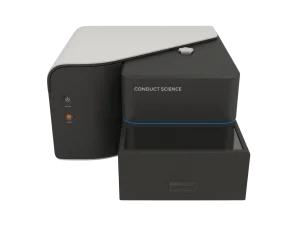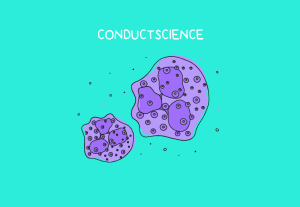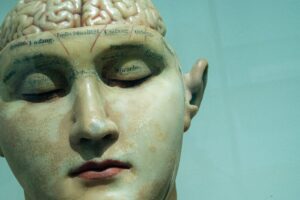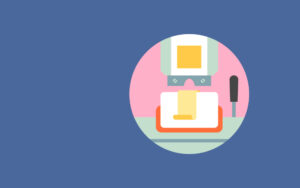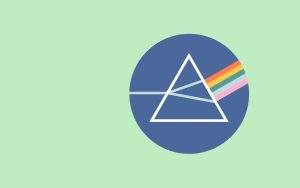
Trinocular Phase Contrast Digital Inverted Microscope
The Trinocular Phase Contrast Digital Inverted Microscope allows the study of unstained cells in medical and biological research.
The Trinocular Phase Contrast Digital Inverted Microscope is utilized in research laboratories, clinics, hospitals, and educational institutions. The inverted design of the microscope allows the observation of live biological tissue cultures in dishes and other specimens directly from various glass container bottoms.
It is available and connected to a display screen or microscope camera. The digital camera produces high-quality images and captures still images and videos that you can live stream on your PC/laptop. It also comes with in-built software for Mac, Linux, and Windows to provide a multi-platform imaging solution.
ConductScience offers the Trinocular Phase Contrast Digital Inverted Microscope.




